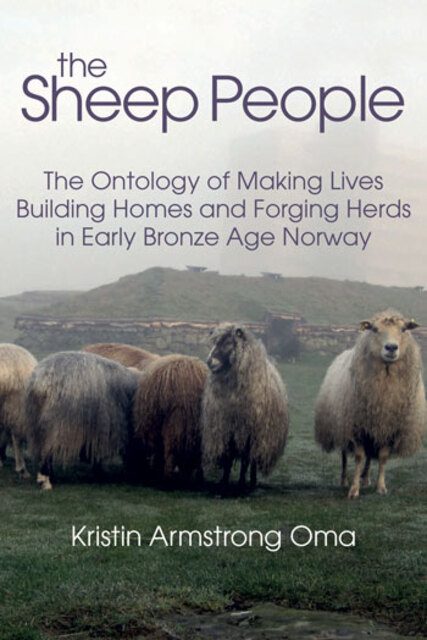Armstrong Oma/Sheep People, 6. The Sheep People

Full description
Chapter 6 brings together the archaeological evidence, the ethological insights into sheep and sheepdogs and suggests that in Early Bronze Age Rogaland, an intensification of sheep-keeping changed the way of building, the landscape, and the social dynamics of the household. The economic reason underlying the increase in sheep-keeping was probably the development of wool textile production. Humans and sheep became household members, and their proximity led to a new, shared flock: the sheep people. A discussion of how archaeologists use economic models to understand the past leads to a critique of basic economic interpretations, and the shareholder versus the stakeholder model. The stakeholder model is suggested as a more valid interpretation of Bronze Age economy, as it enables working with other species as agents within the household. Within a stakeholder model, recognising the agency of other species makes economic sense. In the closing, reflections on shared lives in the Bronze Age highlights that relationships were probably forged by way of cooperation.
- typeImage
- created on
- file formatjpg
- file size47 KB
- container titleThe Sheep People: The Ontology of Making Lives, Building Homes and Forging Herds in Early Bronze Age Norway
- creatorKristin Armstrong Oma
- isbn9781781796009 (eBook)
- publisherEquinox Publishing Ltd.
- publisher placeSheffield, United Kingdom
- rights holderEquinox Publishing Ltd.
- doi
We use cookies to analyze our traffic. Please decide if you are willing to accept cookies from our website. You can change this setting anytime in Privacy Settings.
